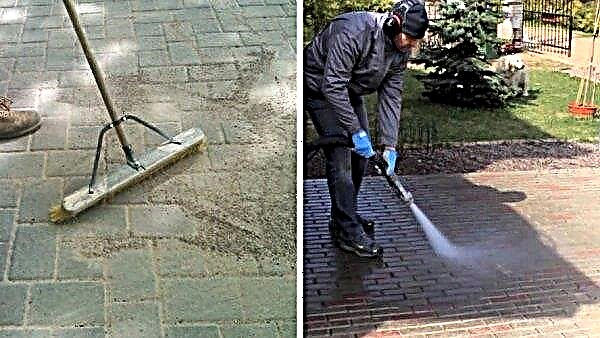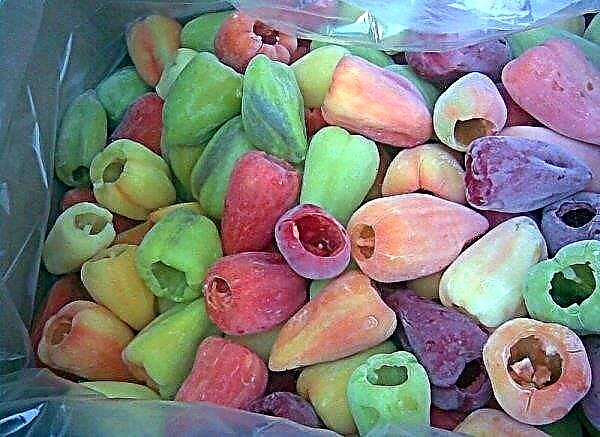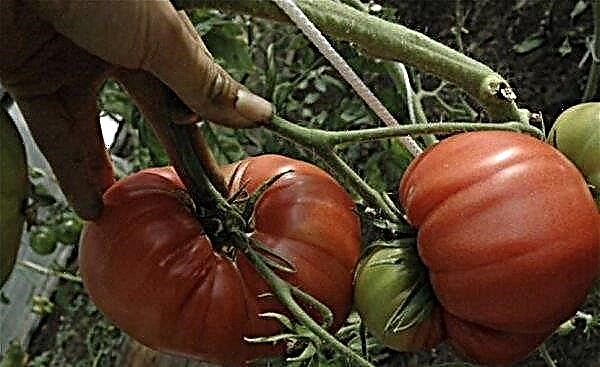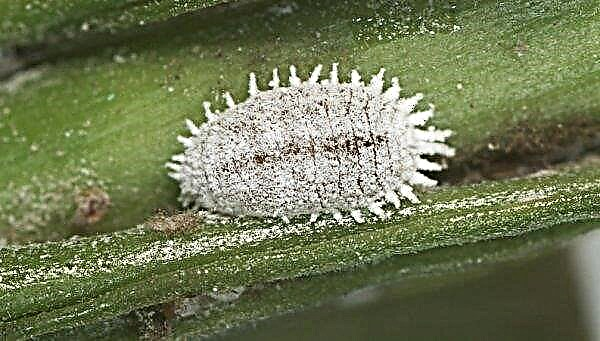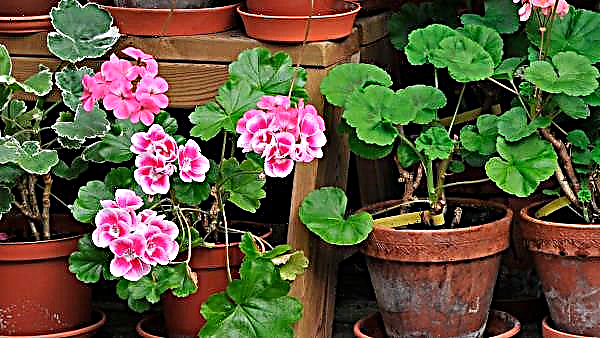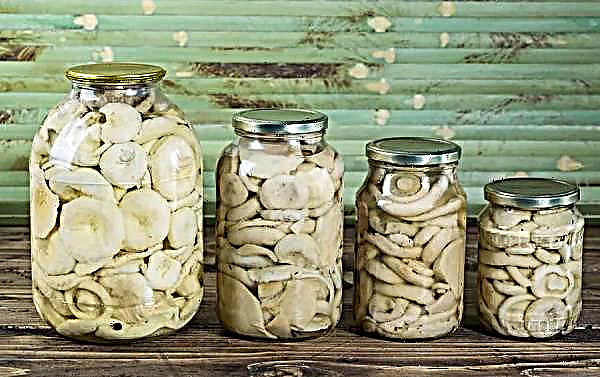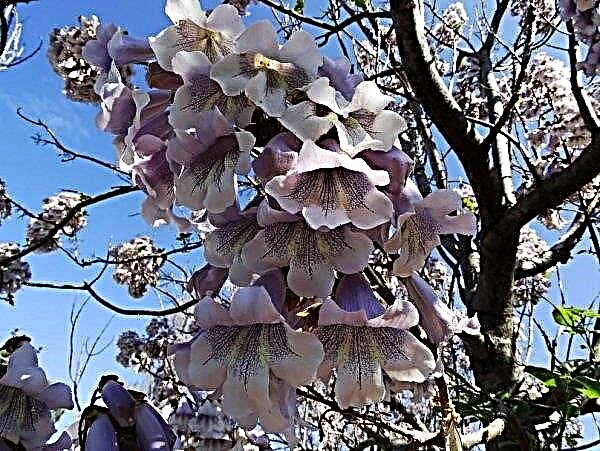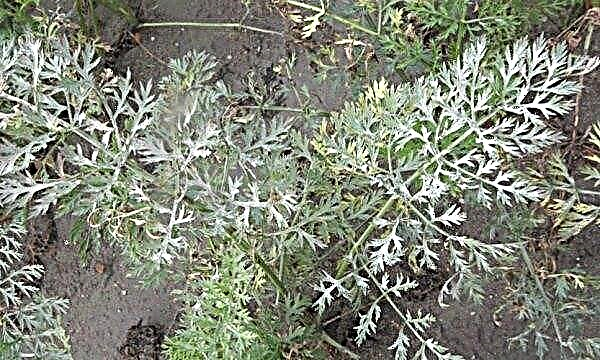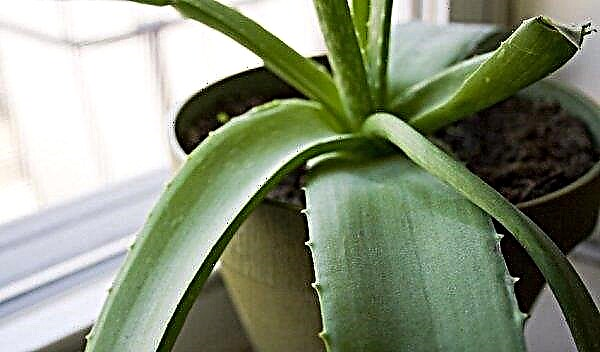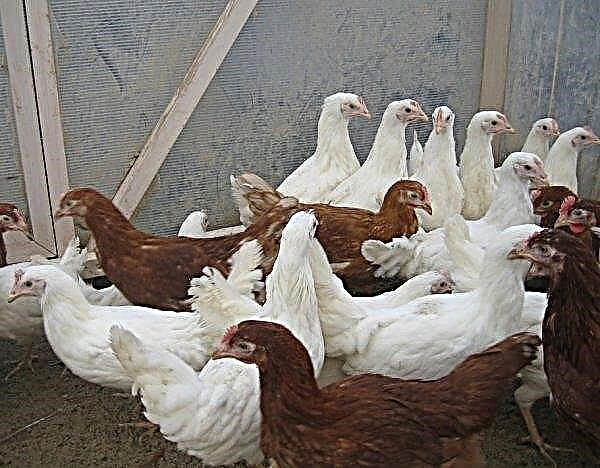Experienced gardeners and gardeners know how important it is to fertilize and process vegetable crops from pests in a timely manner. To date, a huge number of drugs of industrial production are produced for these purposes, but do not discount simple and cheap funds. One of them is ammonia, which is widely used for processing cucumbers.
Advantages and disadvantages of processing cucumbers with ammonia
Ammonia is a concentrated ammonia solution used not only for medical, but also for agricultural purposes.
- Very often, the solution is used for processing and fertilizing cucumbers, due to its advantages:
- high concentration of nitrogen necessary for the growth and development of cucumbers;
- affordable price;
- the convenience of use;
- the smell of ammonia repels aphids, bear cubs and other pests;
- prevention of fungal diseases.
- Despite the obvious benefits of ammonia, its use has some disadvantages:
- pungent odor that complicates the use of the product;
- a solution in the wrong dosage can harm the root system and leaves of the plant.
Did you know? Ammonia was first obtained in pure form in 1774, but only in 1909, the German chemist F. Gaber was able to produce it synthetically, for which he was awarded the Nobel Prize.
Indications for use
Ammonium chloride is used in gardening for various purposes:
- as a nitrogen fertilizer. It is known that during the growing season, cucumbers need a large amount of nitrogen, which supports growth and provides fruiting. For this culture, nitrogen top dressing is especially important during the formation of the first shoots and ovaries;
- as a pest control agent for cucumbers growing in open ground. Effective against aphids, bears, caterpillars, wireworms. In addition, ammonia helps with the fight against moles.

Frequency and processing time
As fertilizer, ammonia is used for cucumbers no more than once every 2 weeks. In this case, the first feeding is carried out during the appearance of the first shoots, the second during the formation of the first flowers. Further, they continue to fertilize until the fall.
If the product is used as an insecticide, then it is used as necessary to kill pests, and then repeat the treatment once after 10 days.
Important! It should be remembered that even spraying with ammonia solution is not a fertilizer and does not eliminate the need to feed the plant.
How to prepare a solution for processing
So, if you decide to use ammonia in gardening, you need to learn how to properly dilute it, depending on the purpose. Experienced gardeners recommend adhering to the rule: "better is less than more."
Proportions
For basal fertilizer ammonia diluted in the amount of 3 tbsp. tablespoons per 10 liters of water.
Sometimes weakened individuals require emergency top dressing, or foliar. In this case, the concentration of the solution is 50 ml of the substance per 10 l of water. To process cucumbers from pests, ammonia is mixed with highly alkaline soap in the proportion of 10 l of water, 30-50 ml of ammonia and 100 g of soap.
Step-by-step cooking instructions
For root top dressing, a standard breeding scheme is used:
- Mix 3 tbsp. tablespoons of ammonia and 10 liters of water for irrigation.
- The resulting solution is used for application under the root.
- Ammonia in an amount of 30-50 ml is gradually dissolved in a bucket of water.
- Used for irrigation of plants and soil.
Video: ammonia and chlorella suspension for feeding cucumbers
To get rid of pests:
- Ammonia is mixed with 10 liters of water.
- Laundry soap in the amount of 100-150 g is rubbed and added to the mixture, mixing thoroughly until dissolved.
- Use for spraying.
Did you know? Ammonia is not a solution of ammonia in a pharmacy bottle that is familiar to everyone, but a natural mineral, which includes ammonium chloride, which has a characteristic specific smell of urea.
Processing methods
In order for the measures taken to top up or treat cucumber bushes to succeed, you need to know what the procedure is in each case.
Against disease
So, if the crop of cucumbers is at risk due to damage by fungal or other infectious diseases, prompt measures are necessary:
- remove the affected foliage and destroy it;
- prepare a solution for spraying: 50 ml of ammonia in a bucket of water;
- using a spray gun to evenly spray the foliage and shoots of the plant;
- repeat preventive treatment after 10-14 days.

Against pests
If aphids are noticed on the foliage of bushes, the bear eats the wireworm or the roots of the plant, medical measures can not be dispensed with:
- inspect leaves, remove damaged or rotten specimens;
- mix a solution of water, laundry or children's soap, grated and a bucket of water;
- spray the resulting solution liberally onto the crown of the bushes, sometimes wipe the foliage in parallel with a cloth dampened in the solution;
- 2 weeks after the examination, repeat the procedure as a preventive measure.
Important! Vapors of the substance evaporate very quickly in the open air, so it is better to carry out the treatment in calm, calm weather.
As a top dressing
For many gardeners, ammonia is an indispensable fertilizer not only for cucumbers, but also for most vegetable crops. To feed the vegetable you need:
- prepare fertilizer from a bucket of water and 3 tbsp. tablespoons of ammonia;
- make the main regular watering of plants;
- at the end of the procedure, evenly pour cucumbers under the root with the prepared mixture;
- repeat the procedure until mid-summer once every 2 weeks, then reduce the number of fertilizers to 1 time per month until autumn.
 With foliar top dressing, you need to water the plant not aiming at the root, but by the irrigation method, it is best to use a watering can.
With foliar top dressing, you need to water the plant not aiming at the root, but by the irrigation method, it is best to use a watering can.Processing Precautions
The ammonia solution is a rapidly evaporating substance, the vapors of which are toxic and can affect the respiratory tract and tissues up to a burn. In addition, it is able to penetrate the body through the skin and have a toxic effect.
To avoid negative consequences, it is important to remember the rules for the safe use of ammonia:
- prepare the solution in a well-ventilated area, protecting the respiratory organs with a respirator, and eyes with protective glasses;
- when processing plants, in addition to the mask and glasses, gloves must be worn so as not to get a chemical burn of the skin;
- if the solution or substance in its pure form has come into contact with the skin, immediately rinse it with running water;
- if during or after working with the substance there are signs of poisoning (headache, dizziness, nausea, impaired consciousness), you should immediately seek qualified medical help.
 So, many gardeners are wondering if it is permissible to use ammonia to fertilize cucumbers. Having examined the characteristics of this substance, we can say with confidence that it has a beneficial effect on plants not only as a source of nitrogen, but also as a preventive and therapeutic agent. In compliance with safety precautions, ammonia will not cause harm, but, on the contrary, will help ensure adequate care for the crop.
So, many gardeners are wondering if it is permissible to use ammonia to fertilize cucumbers. Having examined the characteristics of this substance, we can say with confidence that it has a beneficial effect on plants not only as a source of nitrogen, but also as a preventive and therapeutic agent. In compliance with safety precautions, ammonia will not cause harm, but, on the contrary, will help ensure adequate care for the crop.

